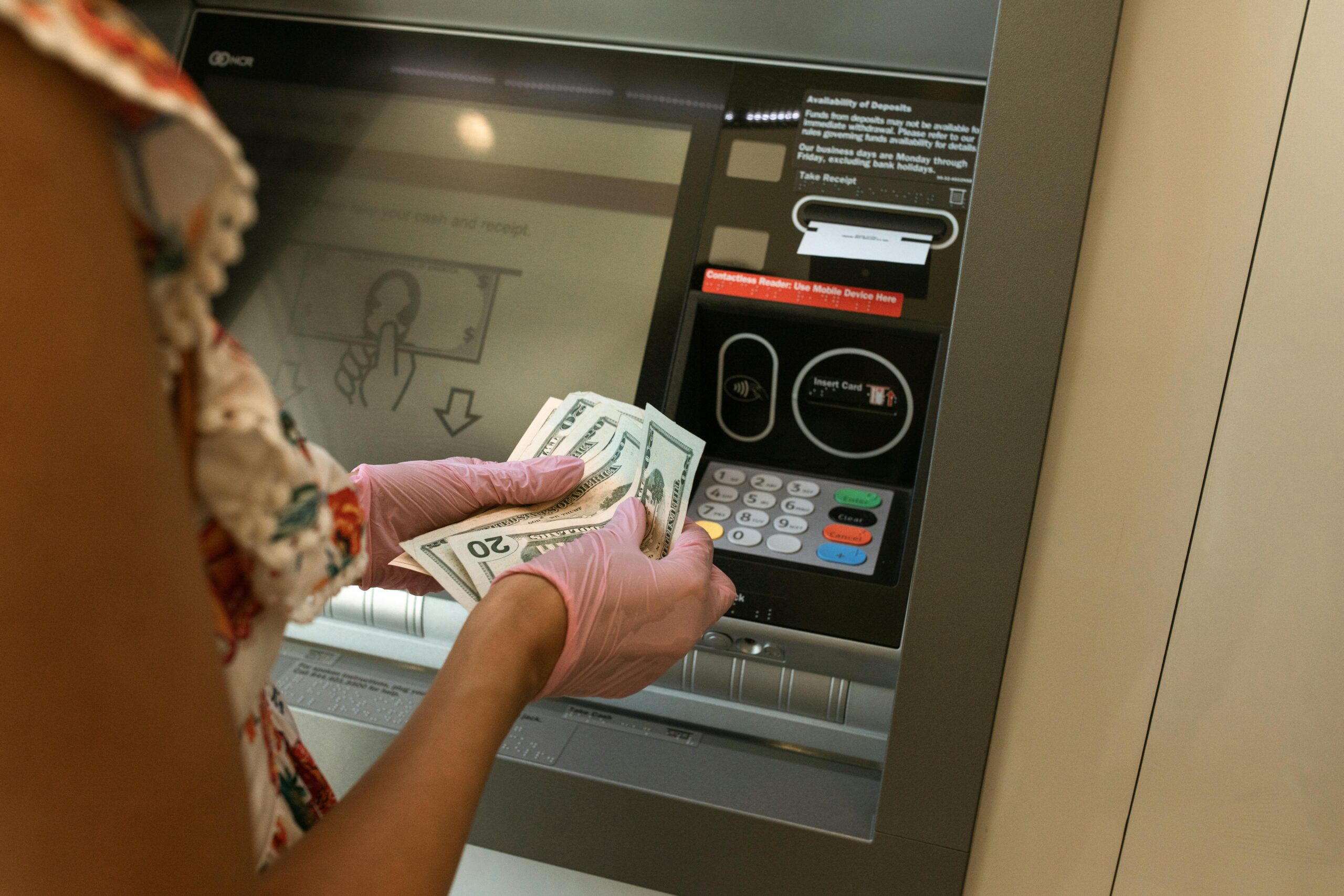Introduction
The recent TikTok trend, dubbed the “Chase Bank glitch,” serves as a stark reminder of the dangers of unverified financial advice on social media. While the claims of a glitch that allowed users to withdraw large sums of money without sufficient funds were initially met with excitement and disbelief, the reality was far more sinister.
Have you heard of the so-called banking glitch? We’ll break down what it is and why it is backfiring so harshly.

What Really Happened?
The trend began with TikTok users claiming they had discovered a “glitch” at Chase Bank ATMs that allowed them to withdraw large sums of money without having sufficient funds in their accounts.
How was this achieved? By depositing fake checks to themselves, the bank naturally needs a few business days to verify the authenticity of the check. Before that process was finished, these perpetrators would withdraw the money before the checks were verified. That allowed them to take out thousands upon thousands of dollars that they didn’t truly have.
Many TikTok videos misleadingly presented this as a harmless hack or glitch, encouraging others to try it out. Chase Bank quickly addressed the issue, clarifying that this was not a glitch but outright fraud, emphasizing that depositing fraudulent checks and withdrawing funds is illegal.
Engaging in such fraudulent activities can have severe legal repercussions. Those involved could face felony charges of check fraud, especially if the amount involved is significant. They may find their accounts locked and showing large negative balances, and they will be required to repay the money withdrawn, hence leading to likely financial hardship.
Even worse in the long run, this scam could damage to their credit history which affects future rentals, jobs, loans, and other activities that require a background and credit check!

A Cybersecurity Perspective
This incident highlights the critical importance of cybersecurity awareness and education. Social media platforms can be powerful tools for spreading information, but they can also be breeding grounds for misinformation and scams. It’s essential to be cautious about financial advice obtained from unverified sources.
From a cybersecurity standpoint, this situation underscores the need for enhanced monitoring and prevention measures. Banks and financial institutions must continuously monitor and address such threats to protect their customers; in fact, Chase has already issues statements about this so-called “free money hack.”
Other measures to protect your financial and personal data include implementing advanced fraud detection technologies, educating employees about emerging threats, and fostering a culture of cybersecurity awareness with your peers and coworkers.
Protecting Yourself and Your Business
To safeguard your personal finances and business operations from similar threats, consider the following:
- Be Skeptical of Social Media Financial Advice: Don’t trust financial “hacks” or “glitches” you see on social media without verifying them from reliable sources. Many of these schemes are illegal and can lead to severe consequences.
- Keep Your Software and Systems Up-to-Date: Ensure your banking apps and devices are updated to protect against security vulnerabilities that fraudsters might exploit.
- Use Strong, Unique Passwords: Protect your bank accounts with strong, unique passwords. Avoid using the same password across multiple accounts to minimize the risk if one account is compromised.
- Implement Multi-Factor Authentication: Enable multi-factor authentication on your bank accounts. This requires you to sign in with an additional method like your biometric ID or a one-time password, that only you can access.
- Educate Yourself: Stay informed about common scams and best practices for online security. Understanding the risks and how to avoid them can help you make safer financial decisions.
By staying informed and taking proactive steps, you can help protect yourself and your business from the ever-evolving landscape of cyber threats.
Next time you think you see a get-rich-quick scheme, remember that’s exactly what it is: A scheme.



